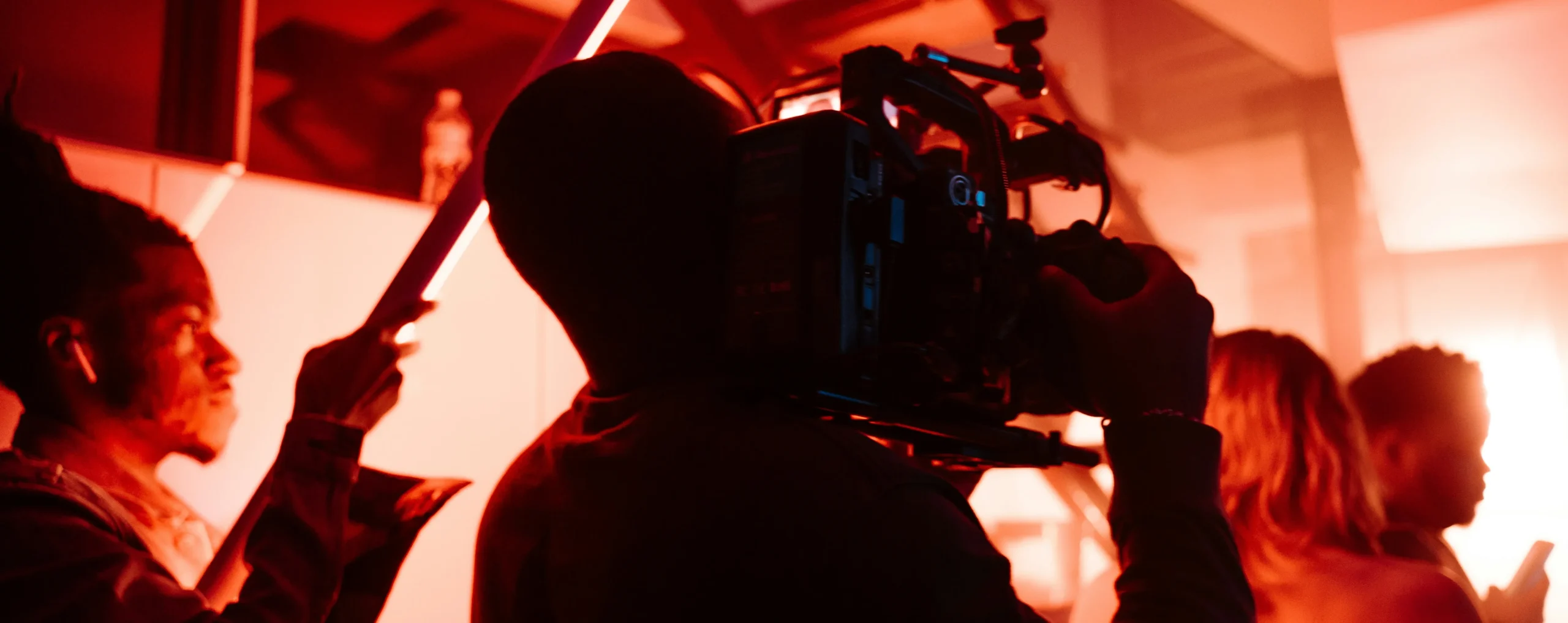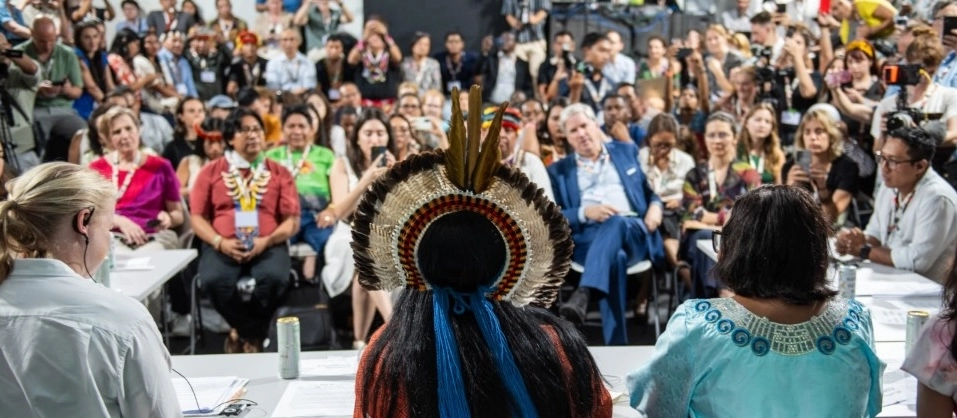Navigating YouTube in 2026: trends, tools and tactics for creating impact with your channel

From self-shot footage to AI-generated Shorts, YouTube is a platform of cultural discovery and trust. Here’s how your organisation can adapt and lead in the year ahead.
YouTube is no longer just a place to post videos, for organisations the last five years have seen it emerge as one of the world’s most influential knowledge hubs. With over 2.7 billion monthly users (for context this is more than Reddit and TikTok combined), it is where people go not just to watch, but to search, learn, and connect.
For mission-driven organisations, especially those working in the climate and environmental space, the platform offers a rare opportunity: to show up at the very moment your audience is asking questions about the world and its future.
This matters more than ever. The shift to understand what will make for a liveable future, a climate-conscious organisation and policy that deliver positive environmental impact requires not only robust data and bold action, but also clear, accessible and emotionally resonant storytelling. And in 2026, YouTube is a powerful channel that can help communicators, filmmakers and story-tellers reach large, new audiences swiftly and effectively, ensuring that messages land, educate and inform.
Five trends shaping YouTube in 2026, and how to respond
1. YouTube is now an ecosystem, not just a channel
The platform’s evolution means organisations must rethink how they use it. It’s not about uploading one campaign video and hoping for traction. YouTube now rewards consistent, thoughtful content across the full funnel – from long-form storytelling to snackable Shorts. Think of your channel as a searchable knowledge hub, not a social feed.
What this means for you:
- Create thematic playlists that map to your organisation’s key issues and focus areas.
- Use SEO, GEO and CRO best practices – metadata, transcripts, titles – that ensure target audiences find your content.
- Link to your broader mission in every video to build deeper resonance and ask colleagues to share and comment on your films to build a sense of community.
2. AI is rewriting how content is made and found
From auto-generated Shorts to AI-enhanced editing tools, artificial intelligence is lowering the barrier to entry when it comes to film production and YouTube’s search engine uses generative AI to surface video clips based on voice queries.
But human oversight is essential. AI can amplify your voice, but it cannot replace it. Authenticity, nuance and purpose must guide the use of these tools.
What this means for you:
- Use AI to storyboard and prototype, but be sure to use a ‘Human in the Loop’ approach to ensure the final output feels on-brand and authentic.
- Optimise for AI discovery with clear structure, accurate transcripts, and natural-language titles.
- Avoid the trap of generic, mass-produced content. Specificity and specialist knowledge builds trust and adds value.
3. Authentic, unpolished content is outperforming high-gloss production
Audiences are craving real stories and authentic content. In fact, over-produced videos now often underperform as viewers increasingly see them as ads. In contrast, content that feels raw, unscripted and human drives greater trust and engagement.
What this means for you:
- Empower your team to self-record updates from the field.
- Capture moments of genuine conversation, storytelling or behind-the-scenes context.
4. Shorts are no longer optional, they’re essential
YouTube Shorts now receive over 90 billion views per day. With mobile-first viewers, especially younger demographics, Shorts are often the first point of contact with your work.
This format is ideal for translating complex issues into digestible moments – particularly when paired with strong storytelling or a clear call to action.
What this means for you:
- Shoot for vertical and repurpose long-form content into vertical cutdowns.
- Collaborate with trusted voices – such as youth climate leaders or your internal subject experts – on Shorts.
- Focus on one idea per video: who is the audience, what’s the challenge and what’s the solution?
5. Success is no longer measured by subscribers, it’s about watch time and story arcs
YouTube’s algorithm now prioritises viewer satisfaction over follower count. That means you need to keep people watching, not just clicking.
Longer, more immersive formats are thriving, especially on TV screens. At the same time, the journey between videos matters. Think content series, not one-offs.
The rise of YouTube’s “TV watchers” marks a shift in how audiences consume content – from passive scrolling to intentional, sit-down viewing. This does invite longer-form, story-led videos that hold attention and deepen engagement.
Interestingly, longer ads resonate more with TV viewers than mobile audiences, signalling that YouTube’s living-room audience seeks for compelling, cinematic storytelling not quick hits – but of course there is a place for both!
What this means for you:
- Build playlists that encourage consecutive viewing.
- Open with a strong hook and create a visual flow that invites binge-watching.
- Consider releasing “hero” films for the big screen – 3 to 10 minutes in length – followed by Shorts or clips to extend reach.
Practical tips: How to future-proof your YouTube presence
- Nail your thumbnails
Custom thumbnails drive 154% more clicks than auto-generated ones. Faces, bold colours and clear messaging win attention.
- Optimise for voice search
As AI search becomes more conversational, your video titles and transcripts need to reflect natural questions and answers.
- Design for dual audiences
Use a two-track format strategy: long-form for TV and Shorts for mobile. Different formats for different moments.
- Feature diverse voices
From policy leaders to advocates, YouTube gives space to every voice. Make sure your content reflects the diversity of your mission and the communities you serve.
- Test content before it goes to market
Make sure you test all creative before going live – checking accessibility, messaging, and how well it resonates with your audience. AI tools like Neurons can help predict performance against key metrics and strengthen your creative overall.
Why this matters for climate communicators
As the climate emergency accelerates, so must our storytelling. YouTube isn’t just about reach, it’s about relevance. The platform can be a powerful tool for influence, advocacy and movement-building, if we use it with intention.
From shifting food systems to scaling nature-based solutions, the path to net zero is complex. But video, when done right, helps translate complexity into clarity and urgency into action.
At Greenhouse, we believe communication is the most powerful catalyst for change. That’s why staying ahead of platforms like YouTube, and understanding how they continue to evolve, is essential to shaping what comes next.


